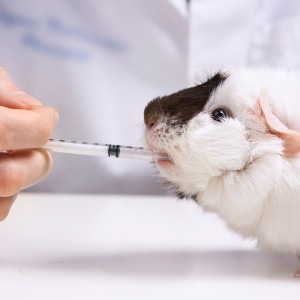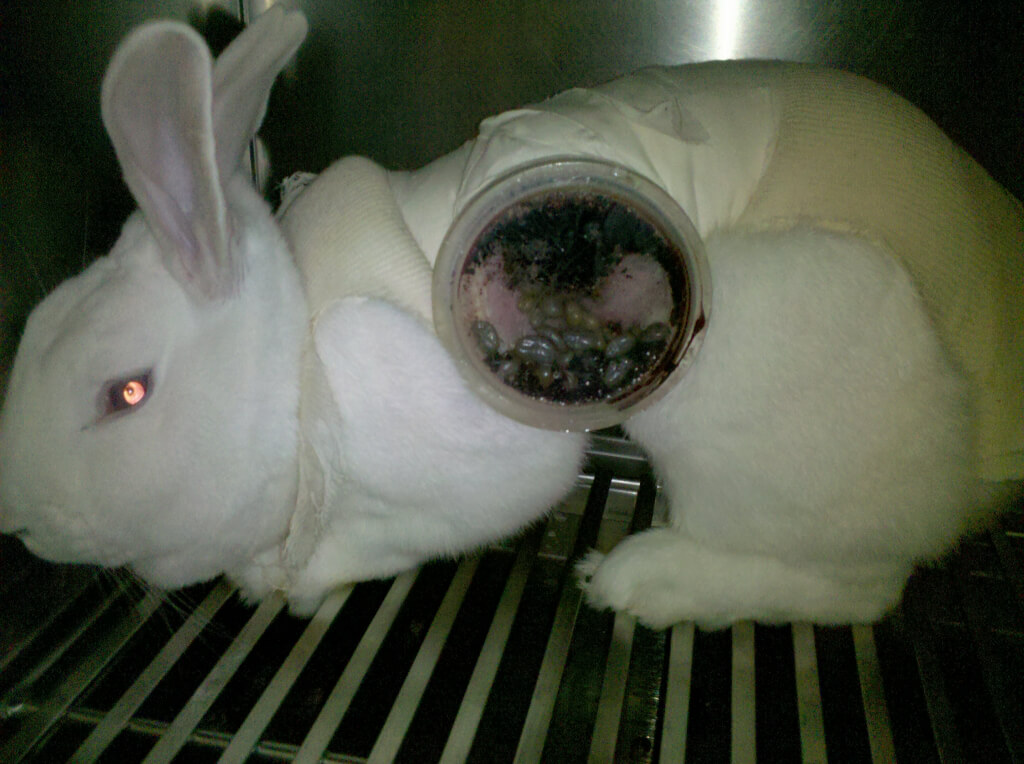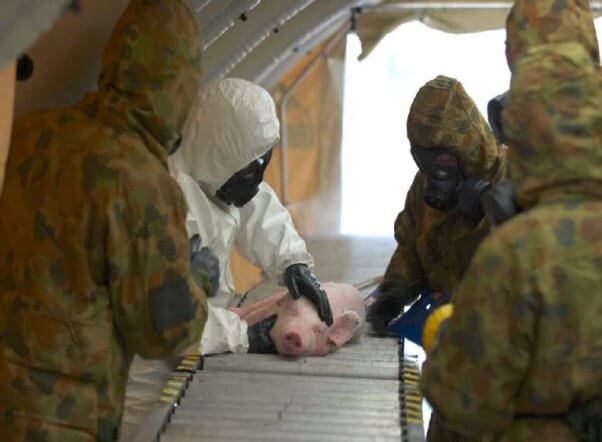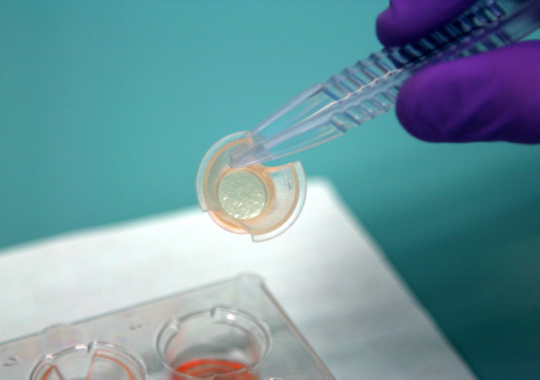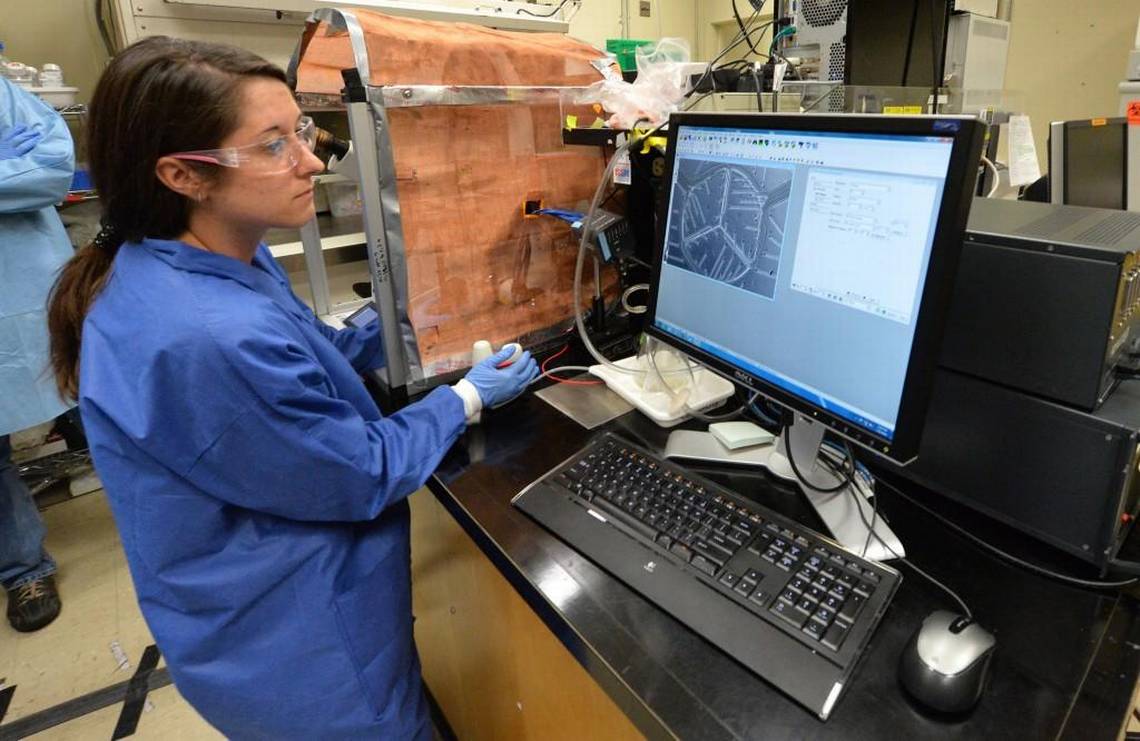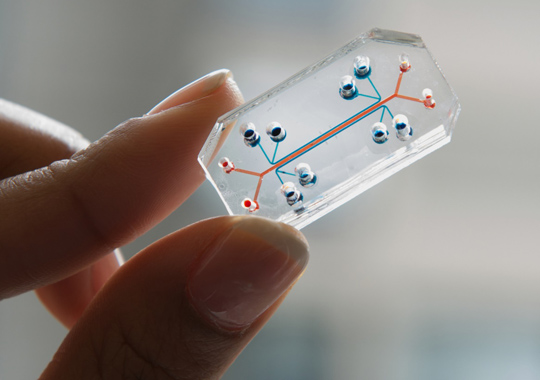What is vivisection?
“Vivisection” – The dissection of an animal while alive, for the purpose of making physiological investigations.
Animal testing started in the medieval ages when the Christian church declared various edicts forbidding autopsies (they have always been prohibited in Judaism and Islam). Vivisection became more popular in the 1930’s when a vaccine was successfully developed due to a blood factor shared by humans and monkeys. Despite thousands of failed and contradictory tests, vivisection continues.
Animals used for vivisection come from a wide range of species including dogs, cats, primates, rabbits, hamsters, guinea pigs, mice, pigs, sheep and other farm animals. It is estimated that over 20 million animals are experimented on per year in the U.S.A. alone.
These animals have no rights, there is no law governing how ‘scientists’ should treat them and there are no legal requirements for their care and comfort. Animals used for experimentation are subjected to toxic substances such as caustic chemicals and radiation; they are used in chemical and biological weapon experiments, and the pharmaceutical, food and beverage industries. They are electrocuted, they are burnt, they have their eye sight removed, they are deprived of food and water, they are deprived of all forms of natural behaviour, they are confined, scared and suffering. Their only relief is their death – an escape from their living hell.
most common Types of animal testing.
Some experiments require the animal to die as part of the test. For example, regulatory tests for botox, vaccines and some tests for chemical safety are essentially variations of the cruel Lethal Dose 50 test in which 50% of the animals die or are killed just before the point of death.
What animals do they test on?
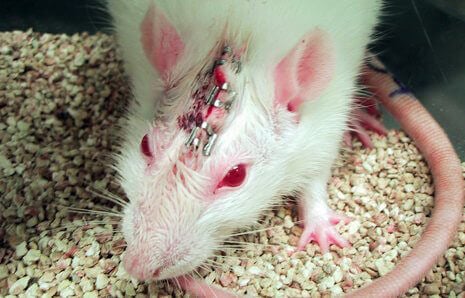
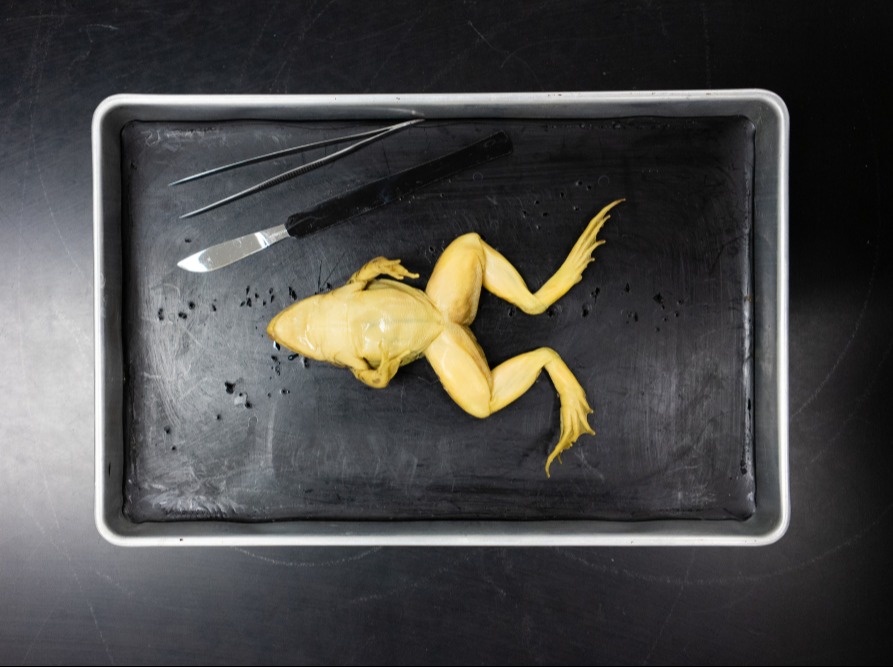
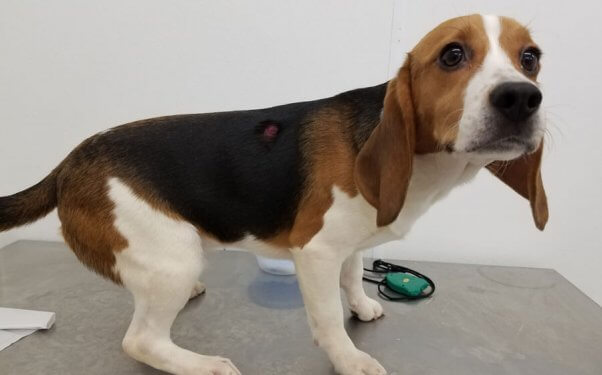
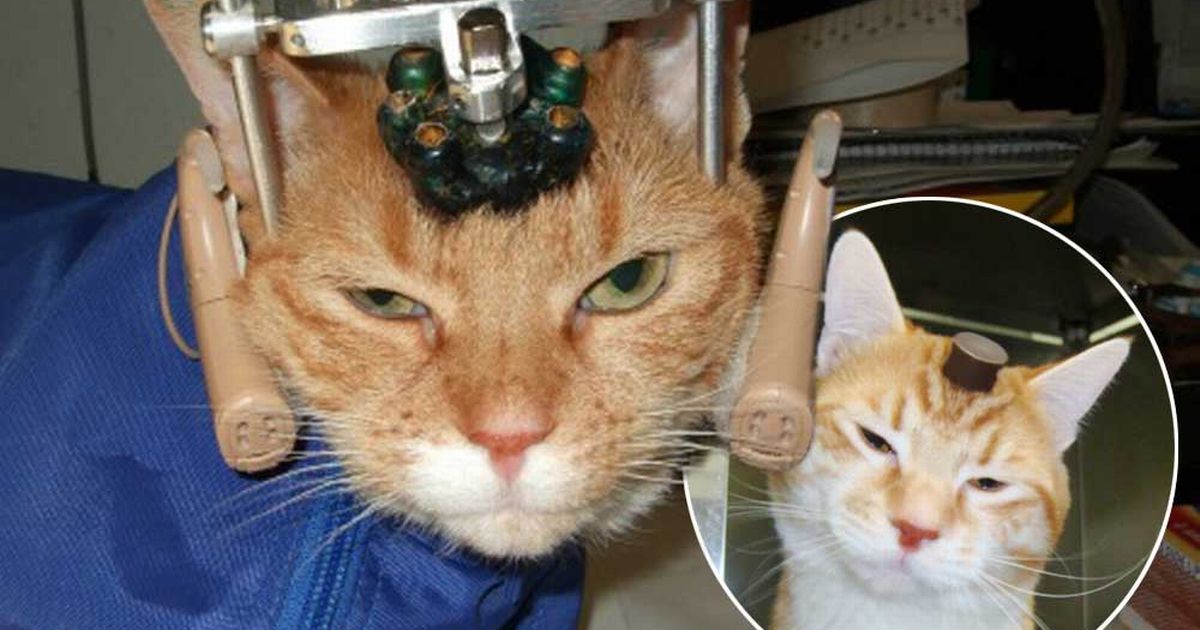
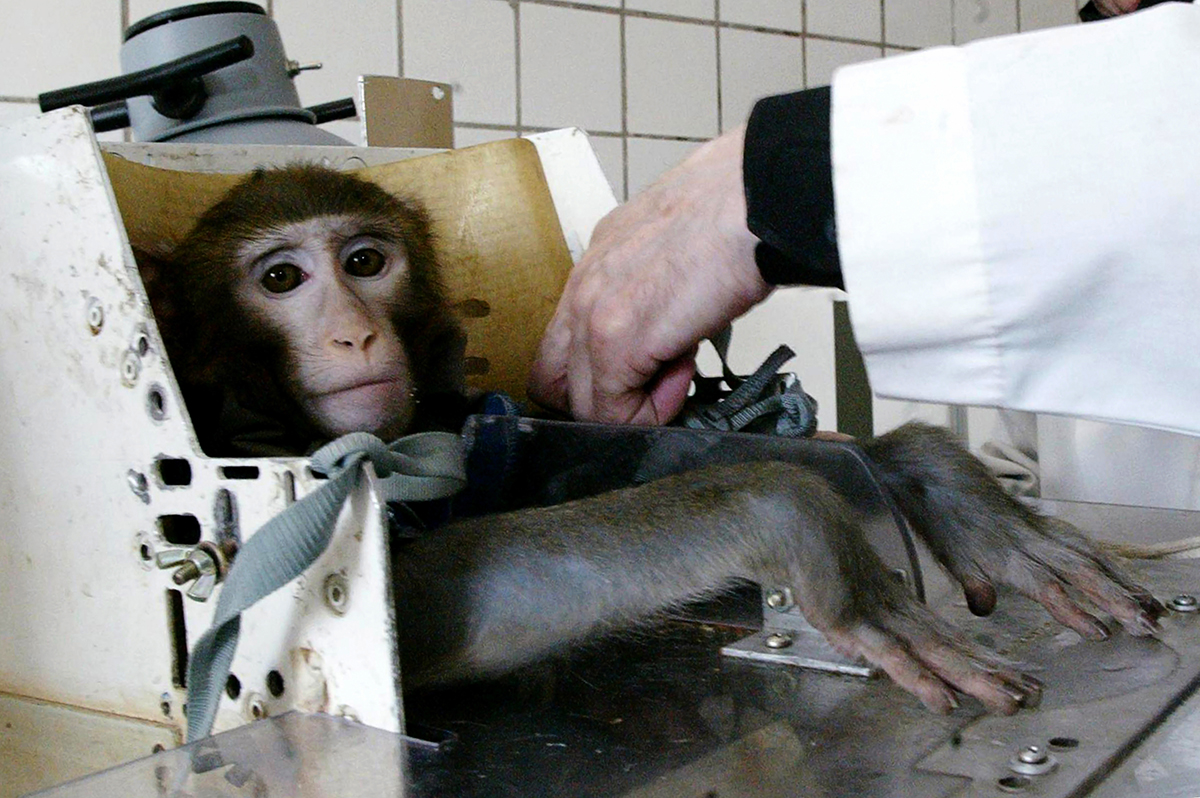
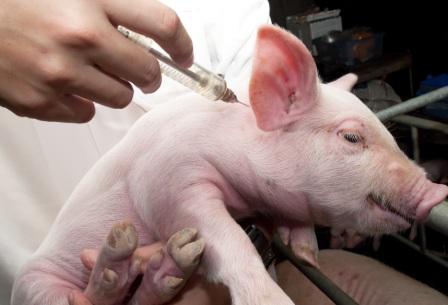
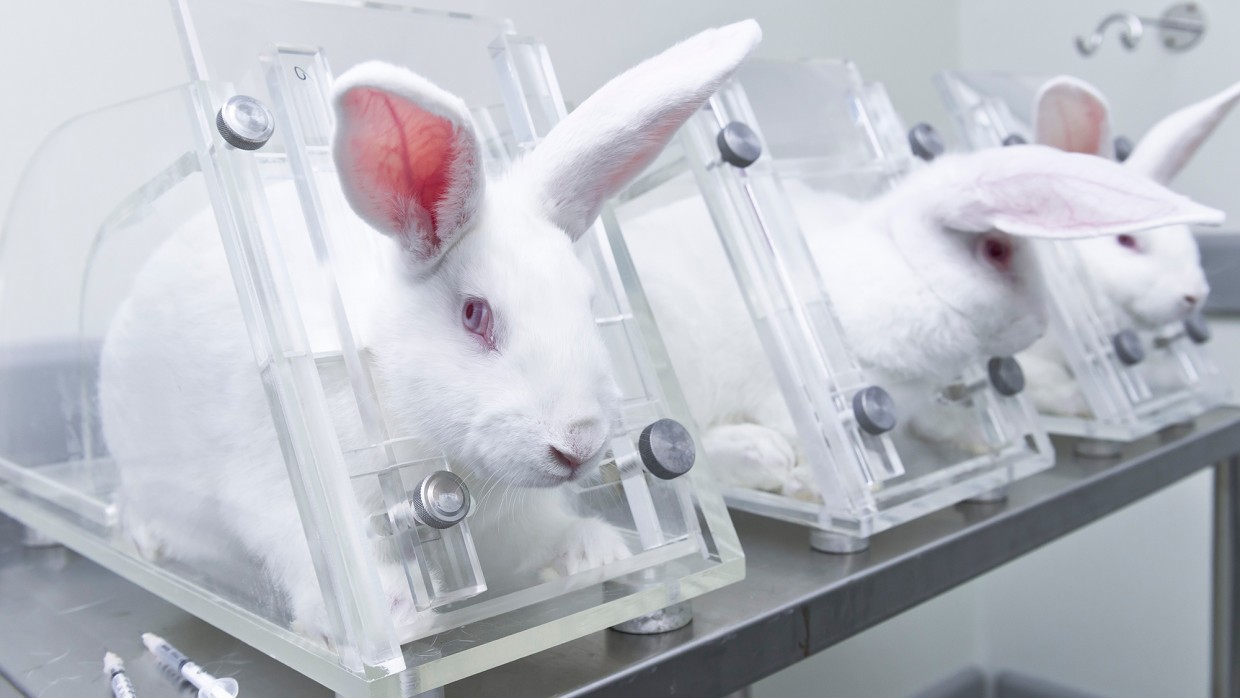
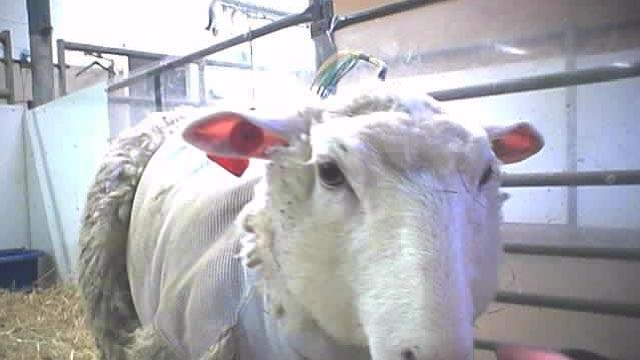
A surprisingly, large range of animal species are regularly used in experiments, including wild animals.
Only vertebrate animals (mammals, birds, fish and amphibians) and some invertebrates such as octopuses are defined as “animals” by European legislation governing animal experiments. Shockingly, in the USA rats, mice, fish, amphibians and birds are not defined as animals under animal experiment regulations. That means no legal permission to experiment on them is needed and they are not included in any statistics.
Animals used in experiments are usually bred for this purpose by the laboratory or in breeding facilities. It’s a cruel, multi-million dollar industry. We believe that all animals are equally important. A dog bred for research is still a dog who could otherwise live a happy life in a loving home.
Some monkeys are still trapped in the wild in Africa, Asia and South America to be used in experiments or imprisoned in breeding facilities. Their children are exported to laboratories around the world. The use of wild-caught monkeys in experiments is generally banned in Europe but is allowed elsewhere.
Horses and other animals such as cows, sheep and pigs are often supplied by dealers and may originate from racing stables or farms for use in animal experiments. The rules preventing the use of stray companion animals like dogs and cats vary from country to country.
Wild animals can be used in trapping and monitoring experiments in the wild, or they may be captured and brought into a laboratory setting for more invasive research, sometimes in the name of conservation.
What are the alternatives?
Non-animal methods are often cheaper, quicker and more effective
Replacing animal tests does not mean putting human patients at risk. It also does not mean halting medical progress. Instead, replacing animals used in testing will improve the quality as well as the humanity of our science.
Thankfully, the development of non-animal methods is growing, and fast. Due to innovations in science, animal tests are being replaced in areas such as toxicity testing, neuroscience and drug development. But much more needs to be done.
Once new non-animal methods have been developed, there are often massive bureaucratic hurdles to implementing and enforcing their use.
Non-animal methods perform better than animal tests.
Crude skin allergy tests in guinea pigs and mice only predict human reactions 72% and 74% of the time, respectively. But approaches combining chemistry- and cell-based alternative methods have been shown to accurately predict human reactions up to 85% of the time.
The notorious Draize skin irritation test in rabbits can only predict human skin reactions 60% of the time. But methods using reconstituted human skin are up to 86% accurate.
Tests on animals to find out if chemicals or drugs may harm the developing baby can only detect 60% of dangerous substances. But a non-animal test using human stem cells has 93% sensitivity at detecting substances known to cause developmental problems.
Cruel and unreliable shellfish toxin testing using live mice has now been fully replaced with a far superior analytical chemistry method that is better at protecting humans from shellfish poisoning.
The science relating to animal experiments can be extremely complicated and views often differ. What appears on this website represents Cruelty Free International expert opinion, based on a thorough assessment of the evidence.


